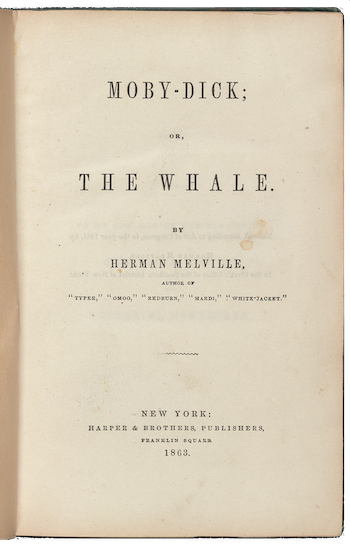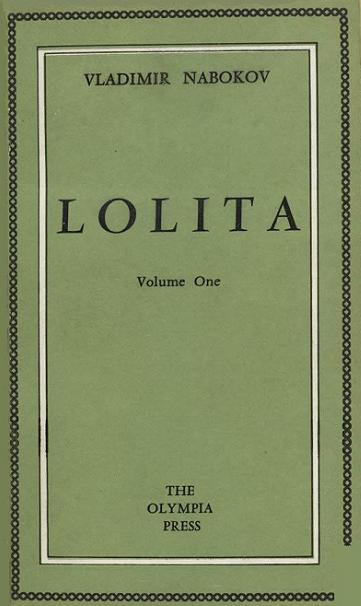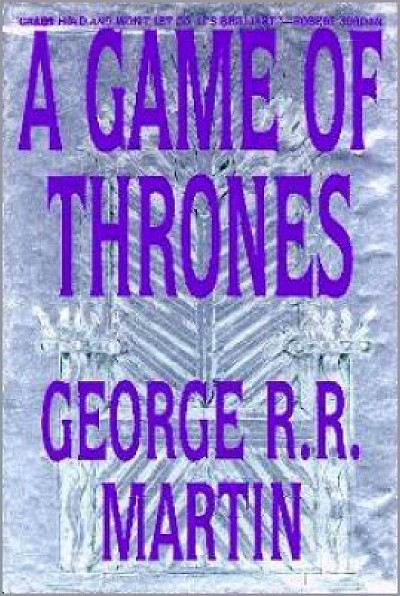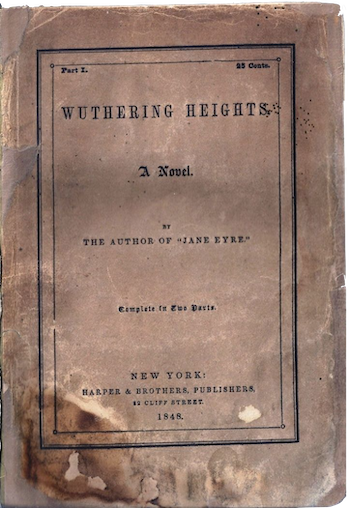
Moby Dick; or The Whale
Now considered an American classic and a staple of college literature courses, Moby Dick nearly bankrupted its publisher when it was first released in 1851. Early reviews of Herman Melville’s novel were mixed at best. Many of the negative reviews came from British reviewers, who could not understand why the novel seemed to be narrated by someone who dies at the end of the book—the British edition erroneously omitted the epilogue where Ishmael explains his survival. “Mr. Melville has to thank himself only,” one reviewer wrote in The Athenaeum, “if his horrors and his heroics are flung aside by the general reader as so much trash belonging to the worst school of Bedlam literature—since he seems not so much unable to learn as disdainful of learning the craft of an artist.”

Lolita
Unable to find a publisher in the United States or the UK, Vladimir Nabokov initially published his controversial novel in 1955 with Olympia Press in France, known for its erotic fiction. The first print run of five thousand copies sold out, but the book was swiftly banned in France and the UK. When it was finally published in the United States by G.P. Putnam’s Sons in 1958, it became a best seller almost immediately, likely because of its controversy. It received mixed reviews. “Lolita is not crudely crammed with Anglo-Saxon nouns and verbs and explicitly described scenes of sexual violence,” Orville Prescott wrote in the New York Times. “Its depravity is more refined. Mr. Nabokov, whose English vocabulary would astound the editors of the Oxford Dictionary, does not write cheap pornography. He writes highbrow pornography. Perhaps that is not his intention. Perhaps he thinks of his book as a satirical comedy and as an exploration of abnormal psychology. Nevertheless, Lolita is disgusting.”

A Game of Thrones
Twenty years after the publication of the first book in the now incredibly popular Song of Ice and Fire series, fantasy novelist George R.R. Martin wrote on his personal website that initial sales were less than spectacular and that turnout at his publicity stops was decidedly unimpressive. He recalls a 1996 event in St. Louis where not only did no one show up to hear him, but his reading actually drove four customers out of the bookstore. “Many fans of sword-and-sorcery will enjoy the epic scope of this book,” John H. Riskind wrote in the Washington Post, “something of a change of pace for Martin, who has spent the last decade working for television…Still, to my mind, this opening installment suffers from one-dimensional characters and less than memorable imagery.”

Wuthering Heights
Although it was accepted for publication before Charlotte Brontë had completed Jane Eyre, Emily Brontë’s 1847 novel was released only after her sister’s novel had caught the public’s attention. Hoping to cash in on Jane Eyre’s popularity, the publisher of Wuthering Heights implied that both novels had the same author, leading many critics to compare the two—usually not in Emily’s favor. Emily died of tuberculosis only a year after her sole novel’s publication. “This novel is said to be by the author of Jane Eyre, and was eagerly caught at by a famished public on the strength of that report. It afforded, however, but little nutriment and has universally disappointed expectation,” a reviewer wrote in Graham’s Magazine. “How a human being could have attempted such a book as the present without committing suicide before he had finished a dozen chapters is a mystery. It is a compound of vulgar depravity and unnatural horrors, such as we might suppose a person, inspired by a mixture of brandy and gunpowder, might write for the edification of fifth-rate blackguards.”
Lapham’s Quarterly is running a series on the history of best sellers, exploring the circumstances that might inspire thousands to gravitate toward the same book and revisiting well-loved works from the past that, due to a variety of circumstances, vanished from the conversation after they peaked on the charts. We are also publishing a digital edition of one of these forgotten best sellers, Mary Augusta Ward’s 1903 novel Lady Rose’s Daughter, with a new introduction, annotations, and an appendix. To read more about the project and explore the other entries in the series, click here.